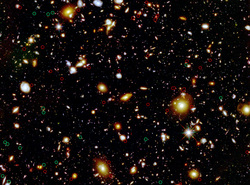
This image is from the Hubble Space Telescope's "Ultra-Deep Field" survey. Hubble imaged an area of the sky smaller than a pea's width held at arm's length - over a period of several months in 2003-2004. The image shows about 10,000 galaxies with the most distant (circled in green & red) about 13 billion light-years away. That's looking back 13 billion years in time when the Universe was only 800 million years old - and much smaller! The foreground galaxies act as a "gravitational lens" much like a magnifying glass that enlarges images. Einstein predicted gravitational lensing as part of his General Theory of Relativity - which explains how objects bend "space-time" and light.
Scientists study the most distant galaxies to learn more about the early Universe and galaxy formation. There are an estimated 125 billion galaxies in the observable Universe - each with millions to trillions of stars. "The total number of stars in the Universe is larger than all the grains of sand on all the beaches of the planet Earth" - Carl Sagan "Cosmos" Episode 8.
Scientists study the most distant galaxies to learn more about the early Universe and galaxy formation. There are an estimated 125 billion galaxies in the observable Universe - each with millions to trillions of stars. "The total number of stars in the Universe is larger than all the grains of sand on all the beaches of the planet Earth" - Carl Sagan "Cosmos" Episode 8.
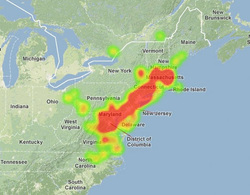
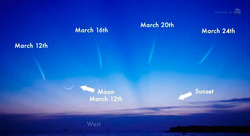
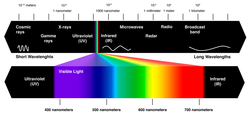
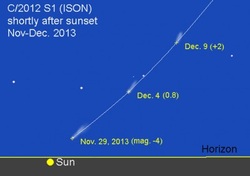
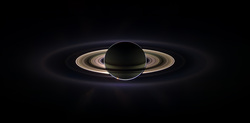
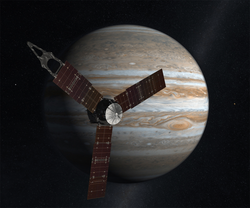

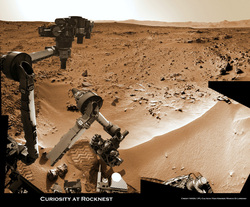
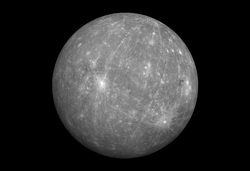
 RSS Feed
RSS Feed
